The Happy Face: The Icon of the 1970s
Born as a corporate attempt to make employees actually enjoy coming to work (good luck with that!), this simpleton of symbols somehow broke free from its office prison and became the face that launched a thousand... well, everything. T-shirts? Slapped a happy face on it. Buttons? Obviously needed a happy face. Your grandmother's cookie jar? You better believe it got the happy face treatment.
What's truly hilarious is that during an era of profound social change, political upheaval, and cultural revolution, people collectively decided that what they really needed was a cartoonishly cheerful circle beaming at them from every possible surface.
The Happy Face was originally designed in 1963 by graphic artist Harvey Ball for State Mutual Life Assurance Company (now Hanover Insurance) in Worcester, Massachusetts. The company wanted to boost employee morale after a series of mergers and changes. Ball created the design in just 10 minutes, earning $45 for his work. It featured a yellow circle with two black dots for eyes and a simple curved line for a smile.
Ball never trademarked or copyrighted the design, which allowed it to spread widely and become a universal symbol.
The Smiley Face Spreads (1960s–1970s)
The happy face button campaign was a massive success. Employees loved them, and soon, the buttons started spreading outside the company. By the early 1970s, the smiley face had become a nationwide sensation in the U.S.
At the same time, a pair of brothers in Philadelphia, Bernard and Murray Spain, saw the smiley face’s commercial potential. They started printing the design on bumper stickers, posters, and mugs—adding the now-famous slogan “Have a Nice Day.” Their version exploded in popularity and became deeply associated with the 1970s counterculture movement, symbolizing optimism, peace, and good vibes.
However, neither Harvey Ball nor the Spain brothers trademarked the design. That mistake would cost them millions.They started printing the design on bumper stickers, posters, and mugs—adding the now-famous slogan “Have a Nice Day.” Their version exploded in popularity and became deeply associated with the 1970s counterculture movement, symbolizing optimism, peace, and good vibes.
However, neither Harvey Ball nor the Spain brothers trademarked the design. That mistake would cost them millions.
The Frenchman Who Claimed It (1971)
Meanwhile, in France, newspaper entrepreneur Franklin Loufrani saw the smiley face taking off and decided to make it official. In 1971, he trademarked the “Smiley” logo under his company, The Smiley Company. Unlike Ball or the Spain brothers, Loufrani treated it like a brand from the start, locking down legal rights in over 100 countries.
He wasn’t just using the symbol - he was selling it. Soon, the Smiley was everywhere, slapped onto T-shirts, backpacks, and just about anything that could carry a logo. And it paid off. Today, The Smiley Company is one of the biggest licensing firms in the world, pulling in hundreds of millions each year.
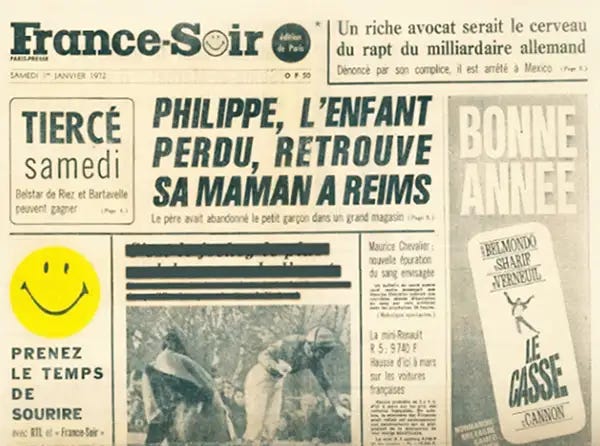
From Pop Culture to Internet Meme (1990s–2000s)
By the 1990s, the smiley face had found a new scene. It became the unofficial symbol of rave culture and the acid house movement, splashed across neon posters and party flyers. At the same time, the first digital smileys :) and :-) started popping up in online forums, laying the groundwork for the emoji explosion.
Then Walmart tried to claim it. Yep, in the early 2000s, the retail giant attempted to trademark the smiley face as its own. Loufrani’s company wasn’t having it. After a decade-long legal battle, the case was closed in 2011 as Walmart and Loufrani were working on a settlement. But details of the settlement were never disclosed.
The Happy Face in Modern Culture
Today, the Smiley is everywhere—remixed by artists like Banksy and Murakami, stamped on Nirvana merch, turned into endless memes, and still raking in millions for The Smiley Company. Meanwhile, Harvey Ball, the guy who actually created it, never made a cent beyond his original $45 paycheck.
Later in life, he launched World Smile Day (celebrated every first Friday of October) as a way to bring the symbol back to what it was meant for - spreading kindness.
And that’s how a quick 10-minute doodle, meant to boost office morale, ended up becoming one of the most recognizable icons in the world.
Catch you next time,
Marta


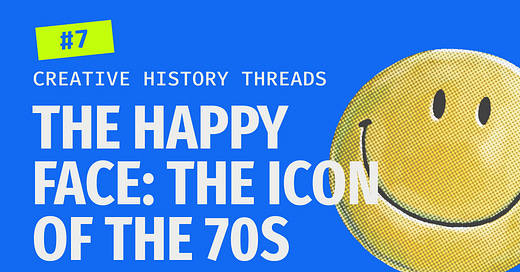




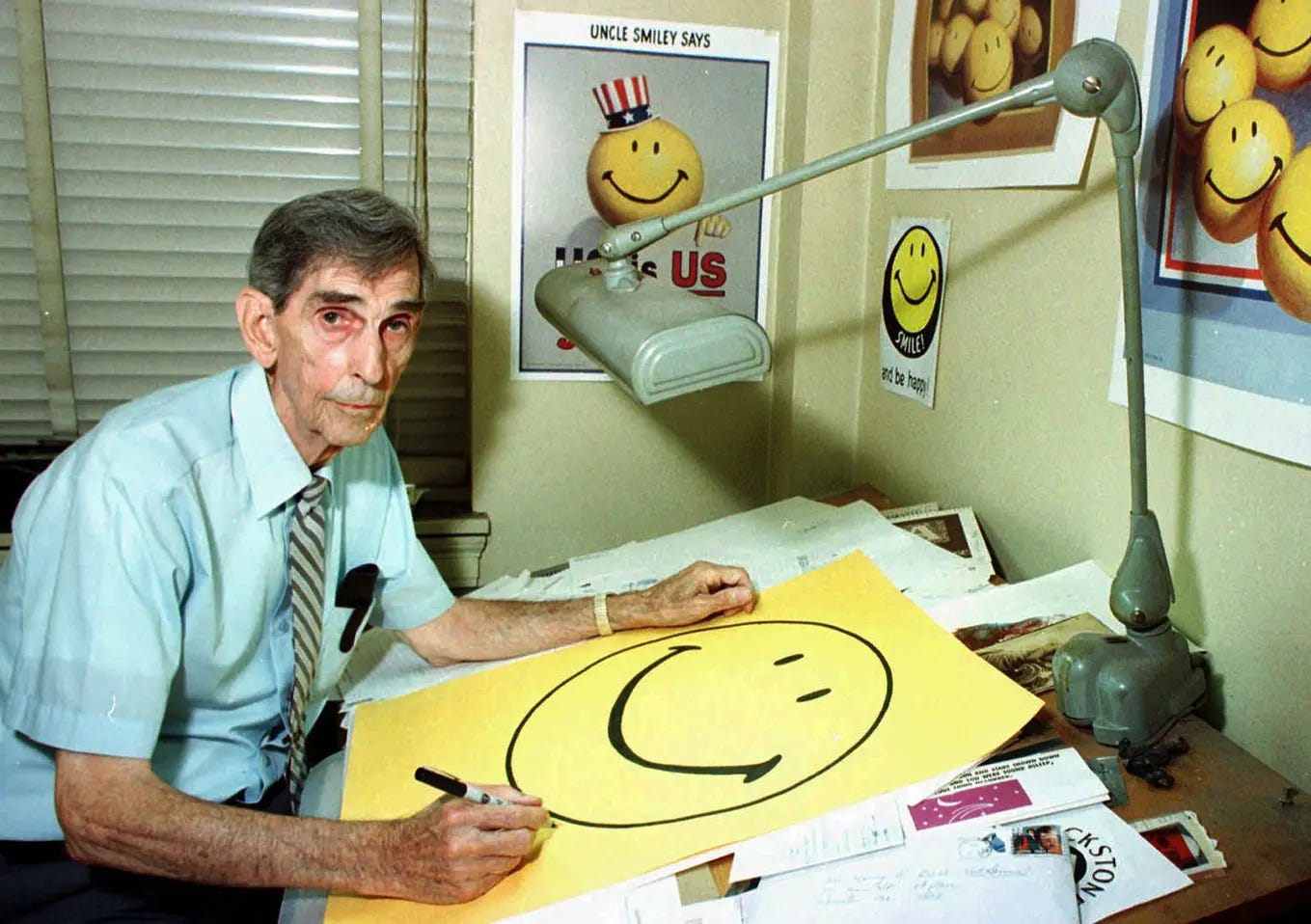
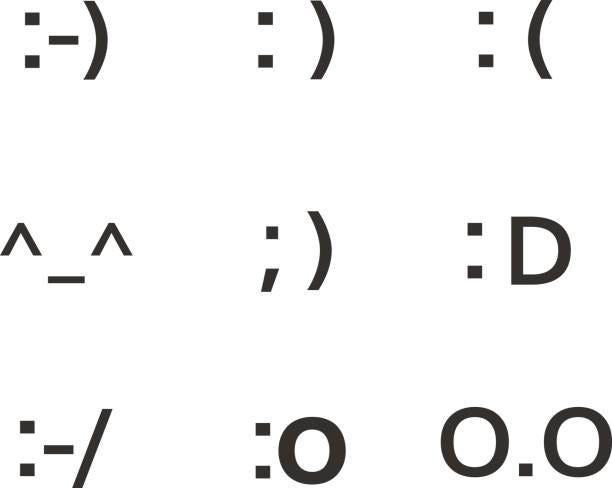

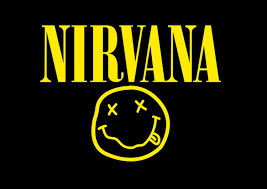




woah! love this story so much, always felt bad for Harvey Ball, but it seems he never really planned to make profit out of it... otherwise I can't explain why he never did. Love that he launched "World Smile Day" ... It was all about kindness, from beginning to end :-)